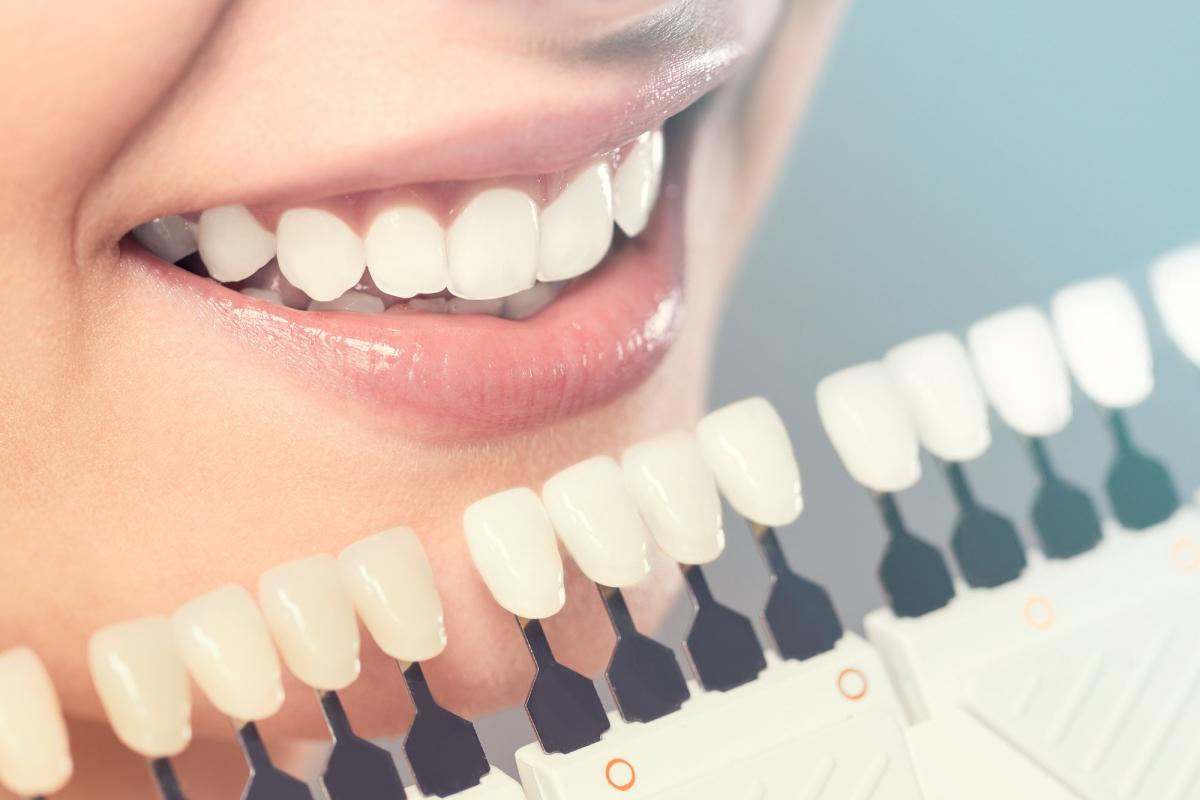From Function to Form: The Aesthetic Influence on Restorative Dentistry
Dentistry has come a long way from a humble extra service your barber performed when you came in for a haircut and beard trim. What started as an add-on barbershop operation is now a highly technical and specialized field. Today, dentistry is a branch of medicine with restorative and cosmetic dentistry at the core.
Although restorative and cosmetic dentistry have much in common, their key difference is in the purpose of treatment. The primary aim of the restorative dental industry is to restore natural functionality: alleviating uncomfortable symptoms, pain, and repairing damaged teeth and the TMJ area, to restore the ability for chewing and/or speaking properly.
Cosmetic dentistry, on the other hand, is essentially restorative dentistry with a primary focus on aesthetics: altering the color, size, shape, and alignment of teeth to improve your smile, as well as facial contour.
However, aesthetic concerns carry over from cosmetic into restorative dentistry. While function is primary, practitioners want patients to be happy with their new smile owing to looking and feeling good.
Restorative surgery includes:
- Dentures
- Veneers
- Crowns
- Bridges
- Inlays
- Onlays
- Dental implants
- Root Canal Therapy
- Fillings
A combination of patient expectation, insurance coverage, and available technology, are influencing the aesthetic leaning of restorative dentistry.
Patient Expectations
For many patients, a beautiful smile is just as important as a functional set of teeth. With this in mind, restorative dentistry has moved beyond focusing on restoring function to mindfulness of an aesthetically-pleasing outcome right from the beginning.
Interestingly, it appears that patients of different ages value a beautiful smile differently. One study of patients ranging from 24 to 76 revealed that younger patients are the least satisfied with their smiles, and most likely to undergo cosmetic treatment. Meanwhile, older patients are generally more satisfied, the study found, and less likely to pursue aesthetic surgery.
Despite age discrepancies, the bottom-line result is that dental cosmetic surgery is popular. Eighty-six percent of the entire study group was eager to undertake this type of treatment. However, the time required, potential discomfort or treatment complexity, and financial cost, deterred many from proceeding.
Placing aesthetics as an important subset of restoring function makes sense. After all, it’s easier to get someone in the chair for a restorative procedure if they know they’ll also walk away with a better smile.
Insurance Covers Restorative Procedures
Most traditional medical insurance in the US do not automatically include dental insurance. It is a separate coverage.
Dental insurance coverage comes with a caveat; covering only essential work. Whether you have a dental indemnity, PPO, or HMO plan, odds are that you still have to pay significantly for cosmetic dentistry work.
On the other hand, restorative dentistry procedures are typically covered.

The Contribution of CAD and CAM Technology
Computer-aided design (CAD) and manufacturing (CAM) have become an integral part of successful dentistry, especially helpful in achieving process efficiency and highly esthetical restorations. CAD/CAM technology condenses the amount of time involved in design and output. The ability to capture scanned images directly into a computer software and manipulate as needed (desired shade, occlusion, proportion), then create the output, enables the production of more natural looking, aesthetically-pleasing results.
Before You Go
As a key player in the restorative dental industry for 125 years and counting, Sterngold Dental offers high quality, in demand restorative products for clinicians and dental technicians, plus digital dentistry support services to dental labs to help provide patient satisfaction.
Sterngold helps deliver more smiles all around by providing the supplies, tools, and select equipment needed for the best restorative resuts- one that incorporates aesthetic outcomes starting from the impression taking stage. Patients don’t have to choose between function and form. They can have both. Reach out to Sterngold today.

